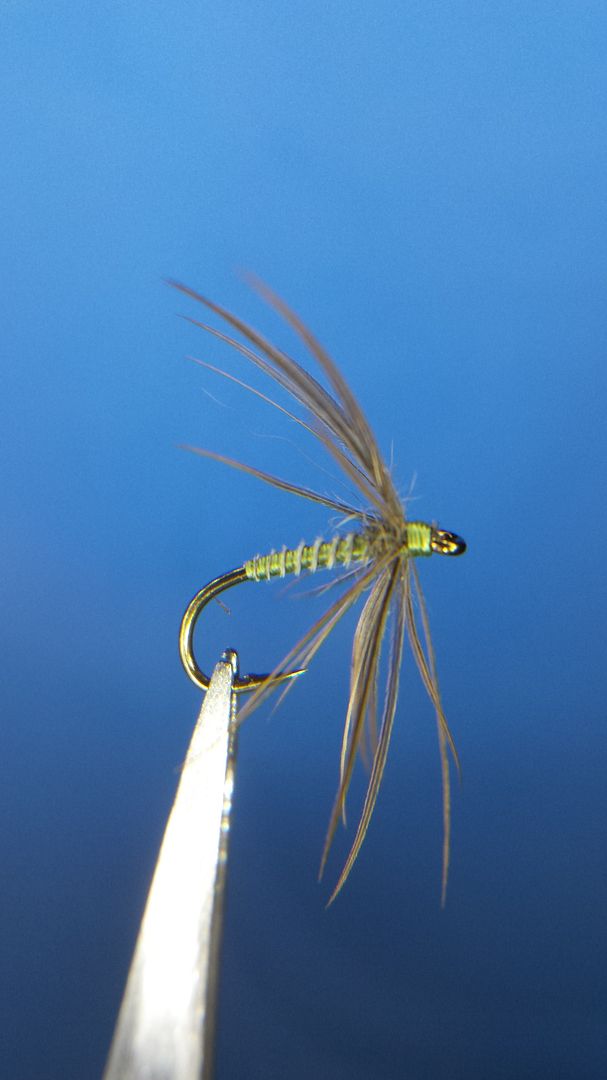Geoffrey Bucknall, in his book "Fly Fishing Tactics for Brown Trout", writes that he preferred wood pigeon secondaries to heron for his Kite's Imperials. One of the reasons he mentions is that this feather gives three different shades of grey. I contacted Lucian Vasies at Trout Line to source some of these and got this answer:
Hi Stefan,
Thank you for your email and suggestions , I appreciate it a lot. We will have these feathers in our shop as soon will start hunting season. Also wild pigeon and turtle dove . We use herls from primary feathers from these birds from years from our local flies and also in competitions. A very small fly tied with CDC and herl from turtle is absolute deadly in Autumn time
cheers
Lucian
Skues, in "Silk, Fur and Feather", writes about wood pigeon
PIGEON, WOOD. This bird offers a number of beautiful blue feathers of colours that look admirable, whether one resorts to neck or wing, or back. But there is a harshness, a stiffness and opacity, and a tendency to split about the feathers, which are characteristics common to the feathers of all the pigeon tribe, rendering them very disappointing to the dresser. Still, they are given in some of the books, and, without recommending them, the writer feels bound to give them. For all purposes for which the lighter coloured feathers of the woodpigeon can be used, the feathers of the common gulls and sea swallows are greatly to be preferred.
PIGEON, DOMESTIC, AND OTHER VARIETIES. - The hackle from the glossy neck of a ruddy brown pigeon is used for a Derbyshire pattern called the Whistler. The wings of the white varities can be used for the Coachman and other white winged flies. But see remarks under "Pigeon, Wood".
In his day, common gulls and sea swallows were probably more available than today. As pigeons are still shot for food, they ought to be offered to the tier but rarely are. This Whistler, and the Bucknall Imperial version, are the only patterns I can remember to have seen, until I read the latest issue of Fly Fishing & Fly Tying where one George Barron gives his stillwater patterns using said feathers.
This Minty Dove would probably be a success as an after dinner snack.
dd

